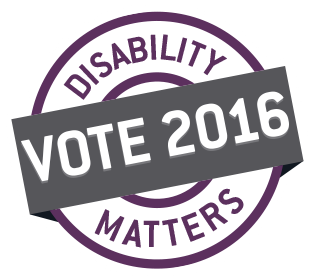Dignified Incomes for Persons with Disabilities Facing the Most Profound Barriers to Workforce Participation
Achieving economic independence through full-time employment is the best option for most Manitobans with disabilities. But this simply is not possible for many who have severe and prolonged or permanent disabilities. These persons face the most profound barriers to labour market success and many must rely on the government’s Employment and Income Assistance (EIA) program to meet their most basic needs.
As a result, many persons with severe and prolonged disabilities are condemned to live on incomes well below the poverty lines, some from age 18 through to age 65 when they become eligible for Old Age Security (OAS) and Guaranteed Income Supplement (GIS).
The EIA program was never designed to meet the needs of persons with severe and prolonged disabilities over a long period of time. Rather EIA was designed to be a program of last resort that provides short-term assistance during transitional periods of unemployment. To encourage the transition to employment, EIA’s basic needs benefits are kept below prevailing wages levels and generally accepted measures of poverty. Being reliant on EIA carries considerable stigma and reporting requirements are made deliberately onerous to discourage dependency and protect public funds.
There have been calls, both nationally and provincially, for the development of alternative income support programs for persons with severe and prolonged disabilities to provide a socially acceptable standard of living. These calls for reform are based in the reality that these persons with disabilities are the most likely to be living in poverty while also facing the most pervasive barriers that prevent their full participation in the community.
Alternative income programs already operating in Saskatchewan (SAID) and Alberta (AISH) are making a significant difference in the quality of life and inclusion for persons with severe and prolonged disabilities. These programs also provide the basis for developing a type of program that will work best in Manitoba.
